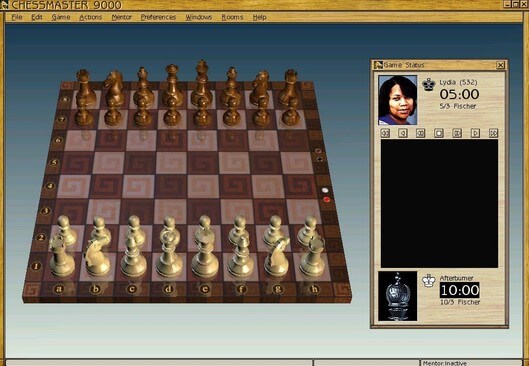

There are special rules for castling depending on the board. The initial piece setup is determined by players in the same way as in Benko's Pre-chess. Polgar reform chess: In his book Reform-Chess (1997), László Polgár proposed several variants played on board of size 5×8, 6×8, 8×6, or 9×6.Minichess: A family of variants played with regular chess pieces and standard rules, but on a smaller board.Same as chess, with moves adapted to the new brickwork-like board. Masonic Chess: Every other board rank is indented.This was the first chess-like game played by a computer program. Los Alamos chess (or Anti-Clerical chess): Played on a 6×6 board without bishops.In one example, when using "Converse's rules," the pieces and their relative starting positions are unchanged-only the board is infinitely large. Infinite chess: Numerous players and mathematicians have conceived of chess variations played on an unbounded chessboard.For a move to be legal, it must cross at least one of these lines. Grid chess: The board is overlaid with a grid of lines.Only certain pieces can move to and from the additional level. Flying chess: Played on a board of 8×8×2, giving a total of 128 cells.Each player plays with two complete sets of chess pieces. Doublewide chess: Two regular chessboards are connected for a 16×8 play surface.Capablanca found the game "remarkably interesting". Pawns advance up to four steps on their first move.
CHESSMASTER 10 CHANGE RANKED DEFAULT FULL
Double Chess: Two full armies per side on a 12×16 board, the first to mate an enemy king wins.Parton.ĭecimal Rettah chess board and startup Decimal Rettah chess: Adding a king, queen and two pawns.Some decimal chesses use only standard pieces, but others such as Decimal Falcon-Hunter Chess use fairy pieces. Decimal Chess: Played on a 10×10 board, usually add extra pieces.Thus a player can use them as if the a-file were next to the h-file (and vice versa).

Cylinder chess: Played on a cylinder board with a- and h-files "connected".bishops have four directions, not six queens eight, not twelve). Cross chess: Cross-shaped cells, board geometry like hex chess but moves akin to normal chess (e.g.



 0 kommentar(er)
0 kommentar(er)
